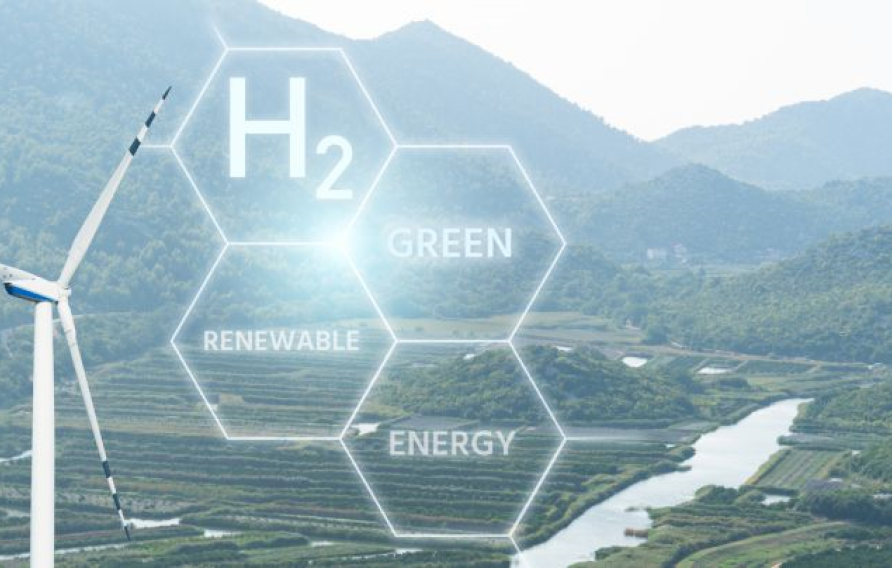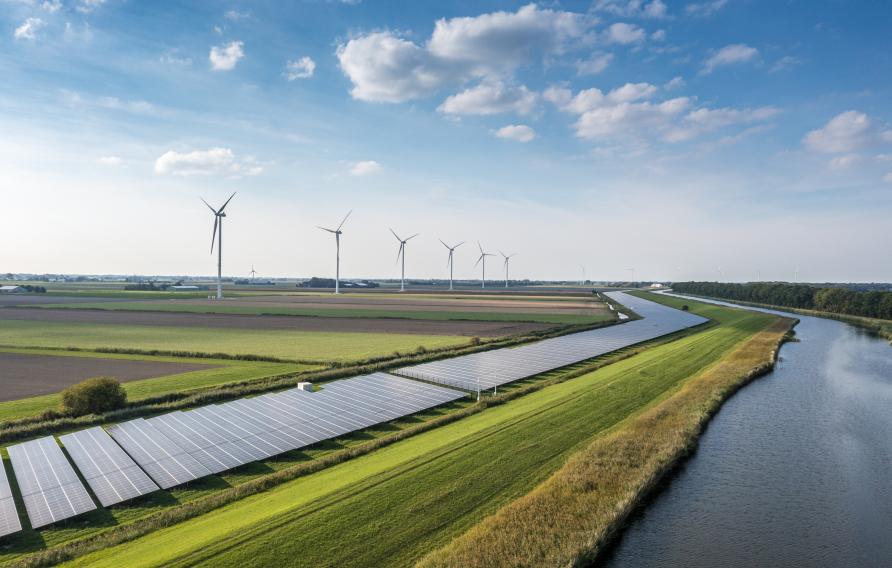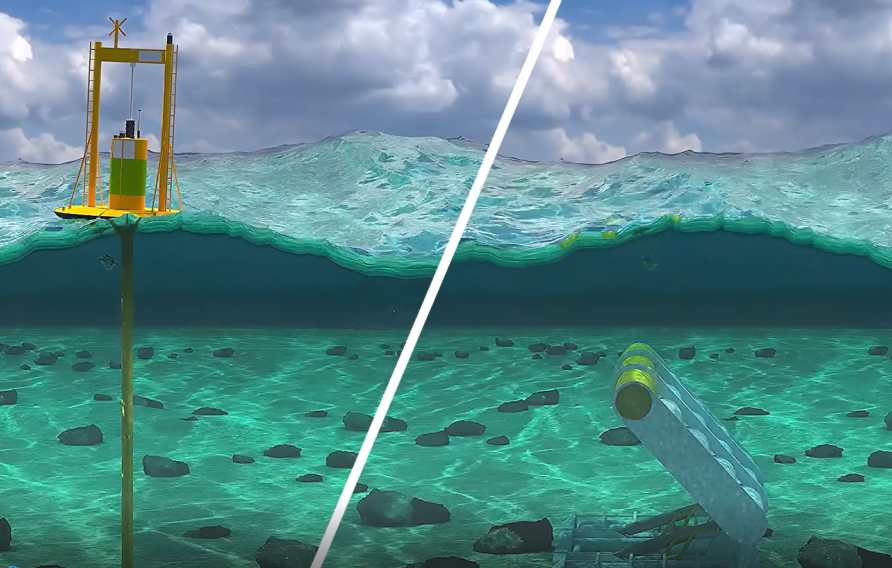Jacobs has been appointed by National Gas, the U.K.’s national gas transmission operator, to develop Strategic Route Options and Pre-FEED studies as part of their Project Union program. Project Union is a pioneering project led by National Gas to create a British “hydrogen backbone,” capable of transporting 100% hydrogen, connecting hydrogen production and storage with energy consumers across the U.K.
Working with partner, ERM, Jacobs will investigate where existing gas transmission infrastructure can be repurposed and consider where new pipelines are required to augment current systems and provide future resilient network solutions. The work over the next five months will encompass strategic system planning, engineering review, stakeholder engagement, environmental appraisal, constructability assessments and preliminary costings utilizing digital data platforms to develop strategic route options and Pre-FEED reports.
Aimed at aiding the U.K. Government’s hydrogen ambitions of 10GW of low carbon hydrogen production capacity by 2030, Project Union will look at the phased repurposing of existing high pressure gas transmission network infrastructure — alongside the construction of selected new pipelines and installations — to create a hydrogen network of up to 2,000 kilometers (~1,242 miles), equivalent to 25% of Britain’s current methane transmission network.
“Producing, storing and transporting low carbon fuels, such as hydrogen, will play an important part of the energy transition,” says Jacobs Vice President James Nash. “Building on more than 15-years of partnership with National Gas, we’re able to apply our global cross-market reach to a national energy transporter who is making necessary steps to help create a low carbon future for everyone.”
“This appointment represents a significant milestone on our journey towards ensuring widespread access to low carbon hydrogen across Britain," says National Gas Project Director of Project Union Danielle Stewart. "Together, we can enable a cost-effective transition to hydrogen networks while still maintaining the resilience of Britain’s energy system and decarbonising industry by using shared network infrastructure."
"ERM is delighted to be supporting National Gas and Jacobs with environmental and sustainability services for the Project Union Pre-FEED studies," says ERM Partner Russell Cullen. "This project will help deliver on the net-zero agenda for the U.K. and reinforces how ERM's services can support National Gas across the business lifecycle toward a sustainable economy, developing physical assets in a sustainable way and integrating sustainability into daily operations."
You might be interested in...
-
 News
NewsJacobs Secures RWE Green Hydrogen Feasibility Contract in the UK
Jacobs has been awarded a feasibility study contract from renewable energy company RWE to investigate the production and supply of green hydrogen in South Wales, U.K.
-
 News
NewsJacobs Secures National Grid Management Consultancy Framework
Jacobs (NYSE:J) has been appointed to National Grid's new General Management Consultancy Framework to support the energy utility's business service operations needs in the U.K. and U.S.
-
 News
NewsJacobs Signs Global Engineering Agreement with Fortescue Future Industries
Jacobs (NYSE:J) has signed an Engineering Partnering Agreement (EPA) with Fortescue Future Industries (FFI) to support its global ammonia, green hydrogen and renewable energy project targets.
-
 News
NewsJacobs Completes Underground Infrastructure Engineering for the First Full-Scale Wave Energy Test Facility in the US
Jacobs completed the underground infrastructure engineering for the PacWave South commercial-scale, ocean wave energy testing facility. The PacWave South project in Seal Rock, Oregon, will be the first pre-permitted, full-scale test facility for wave energy devices in the U.S., and was delivered for Oregon State University (OSU). Jacobs led the engineering services for the HDD Company, the design-build contractor for the project, to support the evaluation and testing of new energy generation technologies to turn offshore ocean waves to onshore renewable electricity.














































